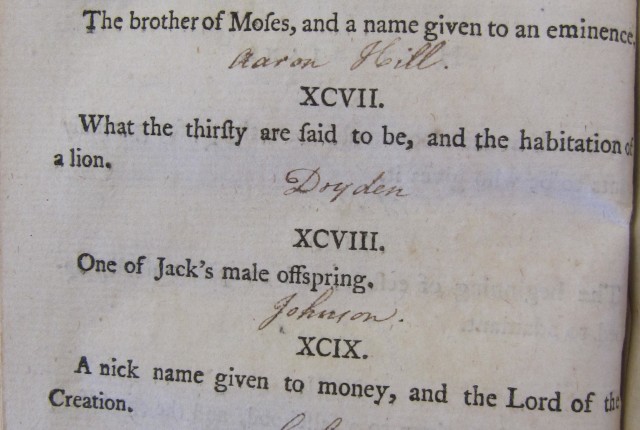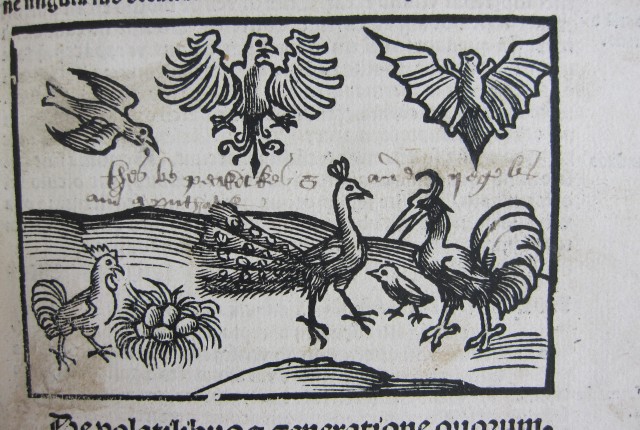By Stephanie Geller, UCLA MLIS student, and Clark Technical Services Intern Every library should audit its collections regularly, particularly areas that are not used as frequently as others. That was the impetus for a recent project to go through, reorganize, and bring to light some of the over-sized items hidden away in flat storage map…
Read More



